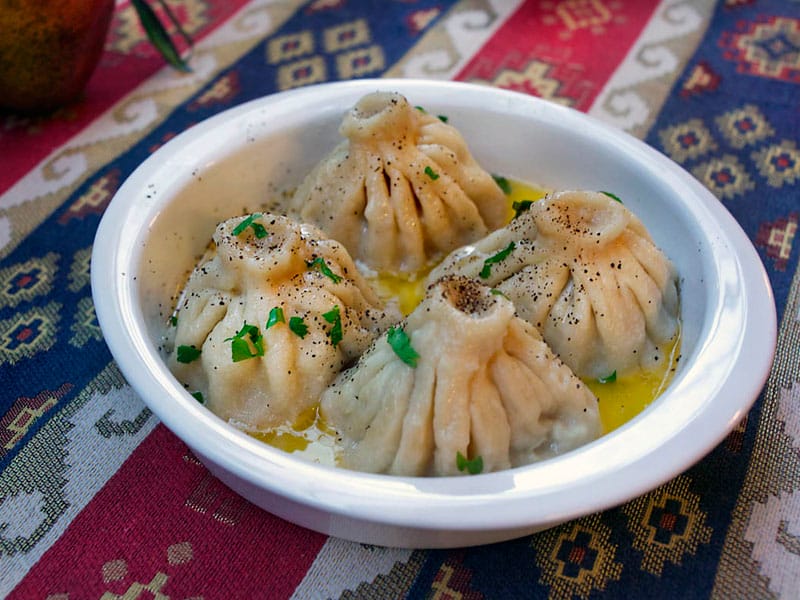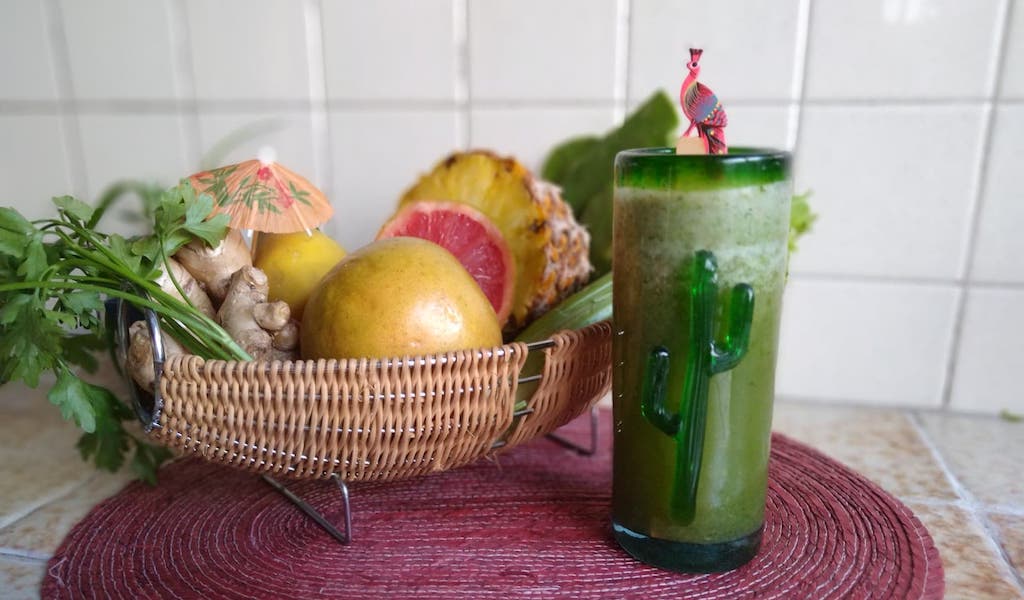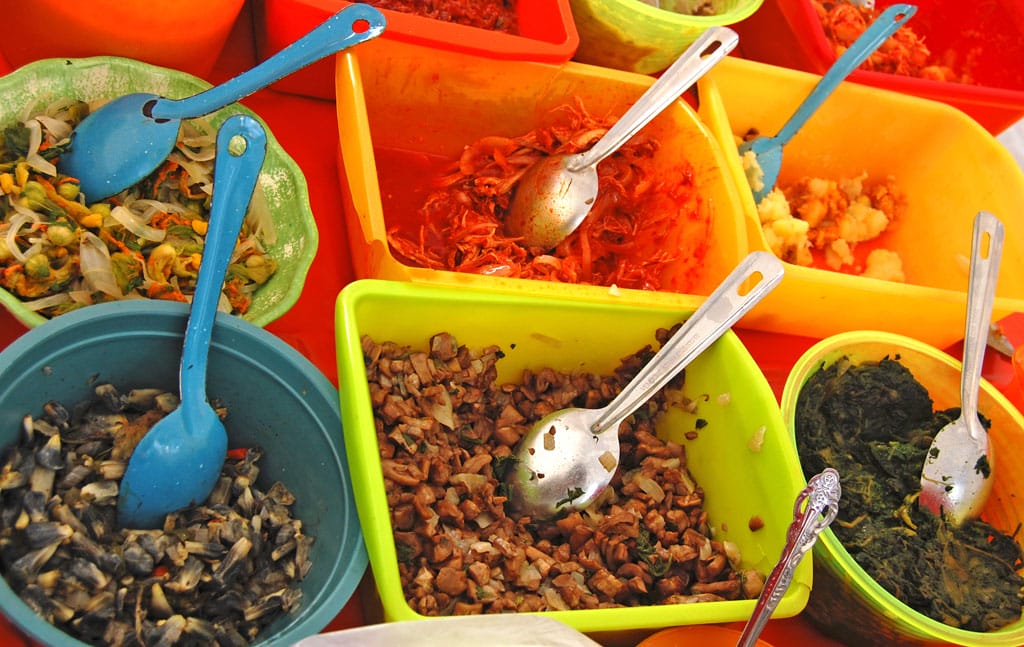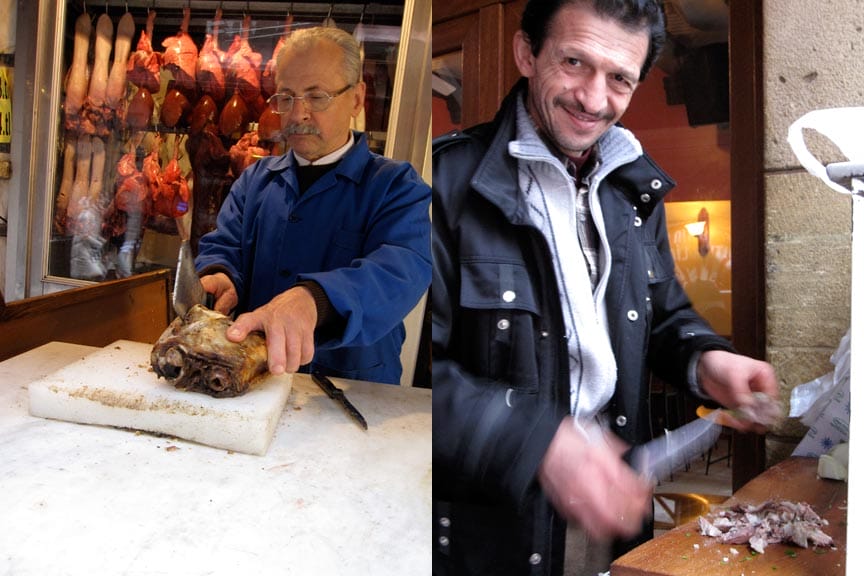A quiet residential area in Western Athens, the working-class suburb of Sepolia was until the 1970s characterized by a few industrial buildings, empty plots of land and small, humble houses. Over the past few decades, Sepolia has developed rapidly and is now full of high-rise apartment buildings. Though it still has a neighborhood feel, there aren’t many cafés or dining venues, which makes To Rodi – an Armenian restaurant and neighborhood souvlaki place that does some of the best kebabs in Athens – seem particularly incongruous.
To Rodi – Greek for “The Pomegranate,” one of the national fruits of Armenia – first opened its doors in 2000 under the name Agop Kebab and moved to its current location, tucked into an unremarkable street in Sepolia amongst residential high-rises, about three years ago. Despite the presence of an estimated 60,000 Armenians living in Greece, mostly descendants of refugees from Istanbul and Anatolia who arrived during the late Ottoman period, Athens does not have any restaurants dedicated solely to Armenian cooking. Perhaps this is a consequence of most Armenians now being third-generation and fully integrated into Greek society, or it may be because Athens is home to a large number of “Politika” (Istanbul cuisine) restaurants, which serve very similar dishes.
The venue does not offer much in the way of atmosphere; it looks like a cross between a local souvlaki takeaway joint and a large, parochial Greek restaurant. During wintertime, as is typical of many Athens venues, the outside spaces (the courtyard and balconies) become an extension of the inside. The large veranda is wrapped in sheets of plastic and big outdoor heaters are placed near the tables, creating an almost greenhouse-like effect. The place buzzes at all times: large families and other groups of locals crowd around the tables under the harsh neon lights, while delivery boys come and go. Some of the friendly staff wearing black T-shirts printed with the restaurant’s logo are members of the Zatikian family, which owns the place.
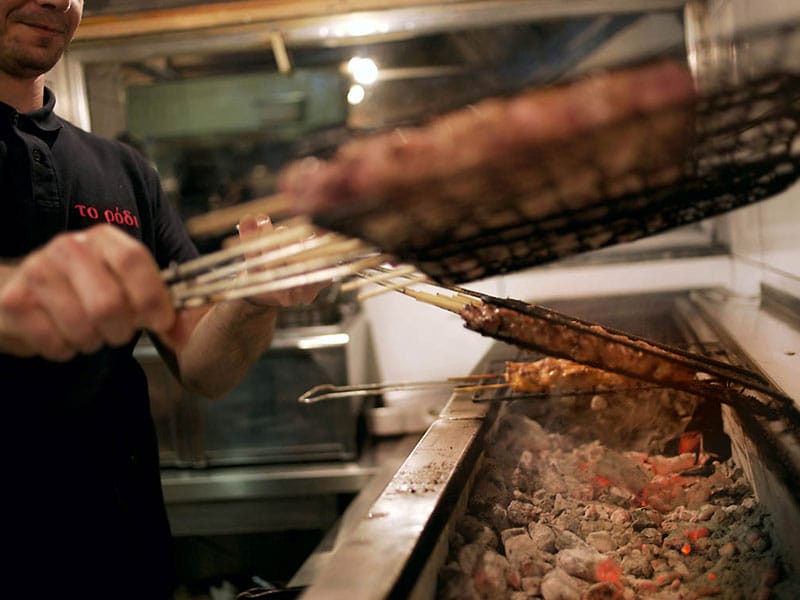
The menu is extensive and consists of a mix of classic Armenian dishes and traditional Greek souvlaki fare. While in our book such crossover is usually not a good sign, To Rodi manages to be the exception to the rule. We recommend trying a good sampling of the Armenian/Politika dishes. The wonderful lahmacun, a type of round, hand-rolled dough that is topped with minced meat, tomatoes, peppers and onions and resembles a thin, spicy pizza, makes for a light treat. Another unusual taste – even for Greeks – are the eggplant rolls, made of crushed walnuts, tomato and bulgur that are mixed together, wrapped in eggplant and topped with pomegranate seeds. This heavy, spicy dish is a boon to anyone who loves walnuts, as their flavor almost overwhelms everything else in the mix. We also tried the khinkali, a type of Georgian dumpling, similar to the Armenian and Turkish mantı or to xiǎolóngbāo (Chinese soup dumplings), that is stuffed with a ball of minced beef and lamb mixed with garlic and dill. The result is a squishy, juicy treat that explodes in the mouth.
But one cannot leave To Rodi without trying its specialty, kebabs. After all, the place was formerly known as Agop Kebab, and its recent name change did nothing to lessen the quality of the kebabs. There are four different versions, which are known by their Turkish names: shish kebab (şiş kebap), “yiaourtlou kebab” (yoğurtlu kebap), Adana kebab and İskender kebab. We have become firm fans of the second type, the yogurt kebab, whose secret lies in the meat, according to To Rodi’s energetic owner, Larissa: the mince (a mixture of lamb and beef) has very little fat, resulting in a kebab of superior quality. In this dish, the spicy, succulent meat is served with an almost sour yogurt sauce atop freshly chopped pita – a messy but delicious combination that seems like the perfect symbol of the cultural and culinary mashup that is To Rodi.
 December 17, 2020 Essential Bites
December 17, 2020 Essential Bites
“Eat your greens,” they said. “Why not juice them?” Mexico asked. Since time immemorial, […] Posted in Oaxaca June 27, 2016 Building Blocks
June 27, 2016 Building Blocks
“I’m a vegetarian – what will I eat in Mexico other than beans and rice?” Taco-madness […] Posted in Mexico City August 6, 2015 Kelle
August 6, 2015 Kelle
Don’t people just love to fight about food? Punch-ups over which city makes the best […] Posted in Istanbul
Published on March 06, 2013
Related stories
December 17, 2020
Oaxaca“Eat your greens,” they said. “Why not juice them?” Mexico asked. Since time immemorial, or at least for as long as I can remember, natural fruit and vegetable juices have been a thing in Mexico, long before juice bars became trendy in the rest of the world. The juguería (juice bar) is an essential part…
June 27, 2016
Mexico City“I’m a vegetarian – what will I eat in Mexico other than beans and rice?” Taco-madness has so consumed the world’s view of Mexican cuisine that the traditional mainstays of the diet often don’t get the billing they deserve. Beans, corn, squash, chilies and tomatoes are grown together in milpa farms – a biodynamic system…
August 6, 2015
IstanbulDon’t people just love to fight about food? Punch-ups over which city makes the best pizza, brawls about what’s the right way to barbecue. Louis and Ella nearly called the whole thing off over the pronunciation of the word “tomato.” In this pugilistic spirit, we took our place at a couple of stools at our…







































